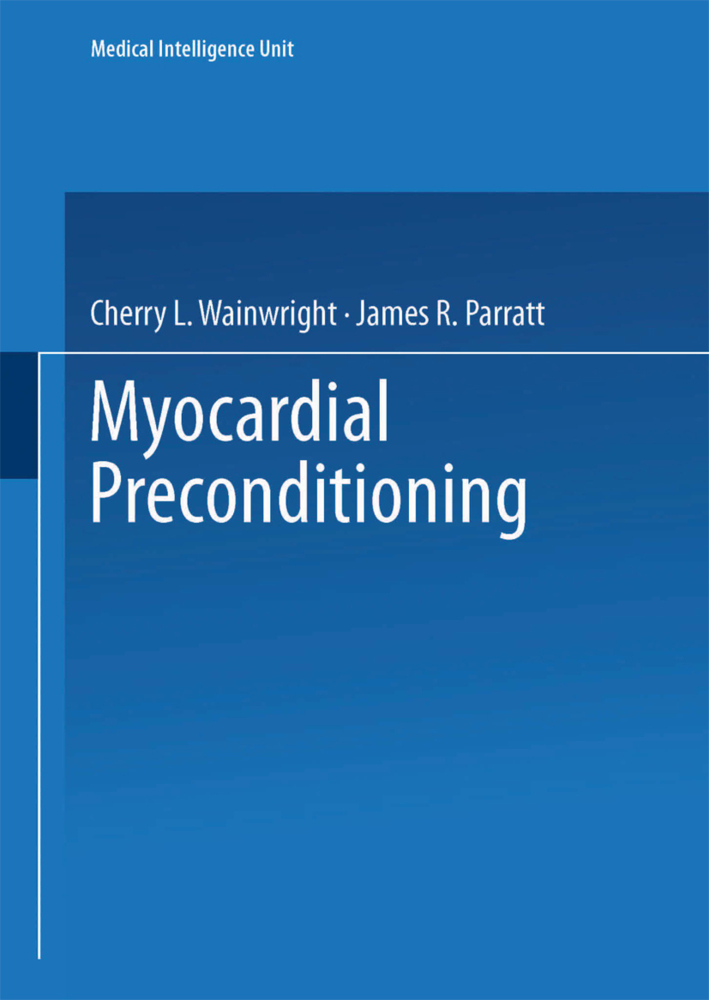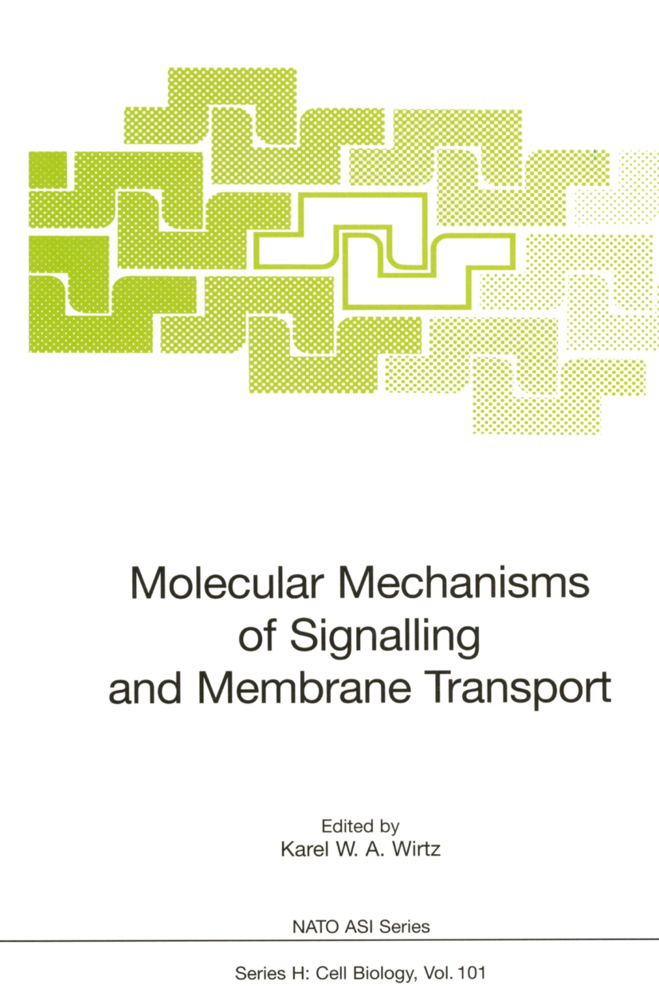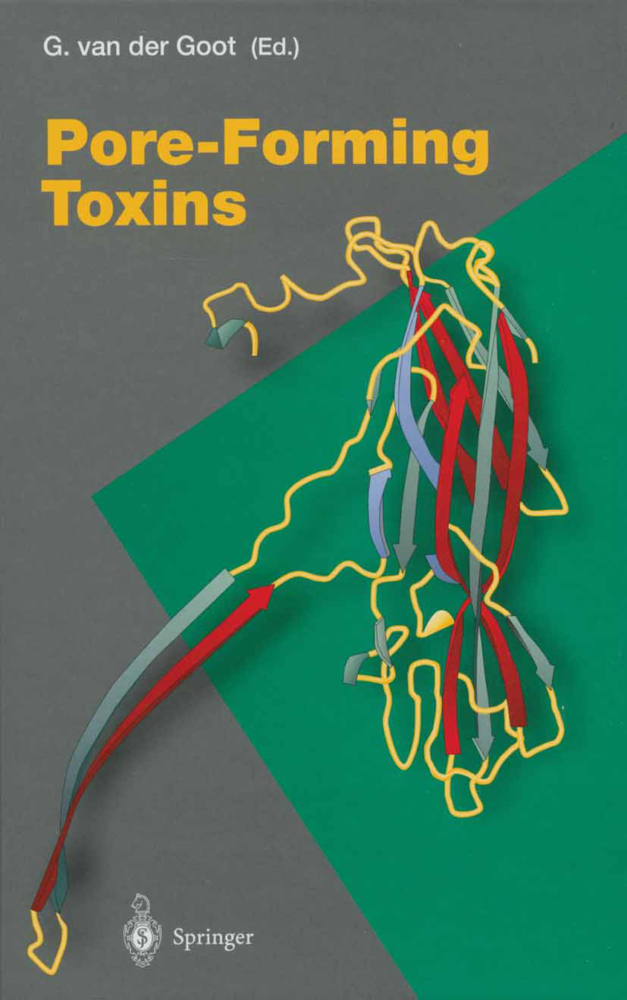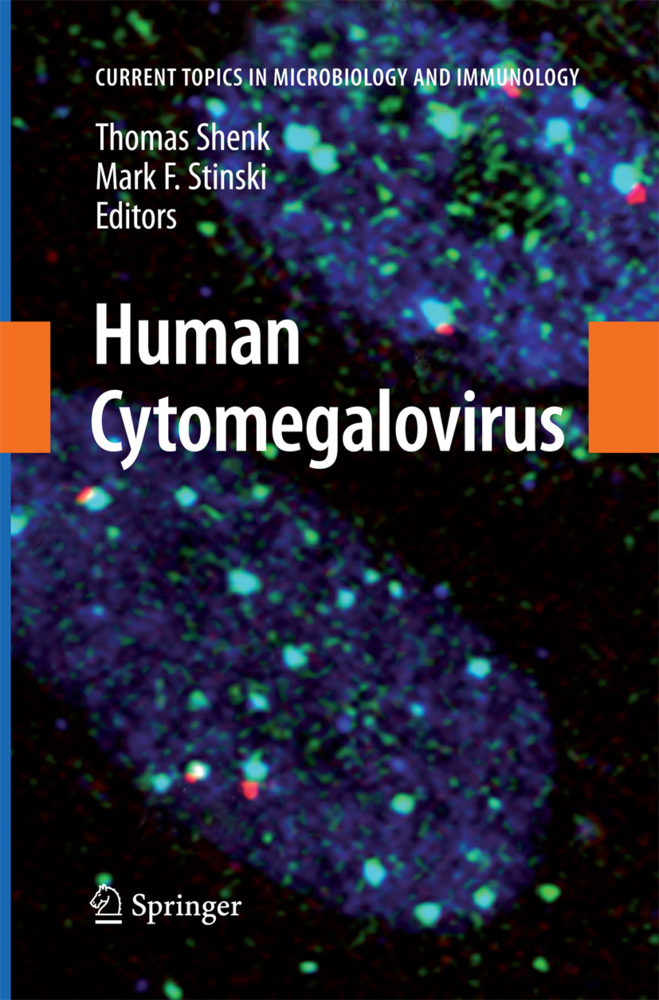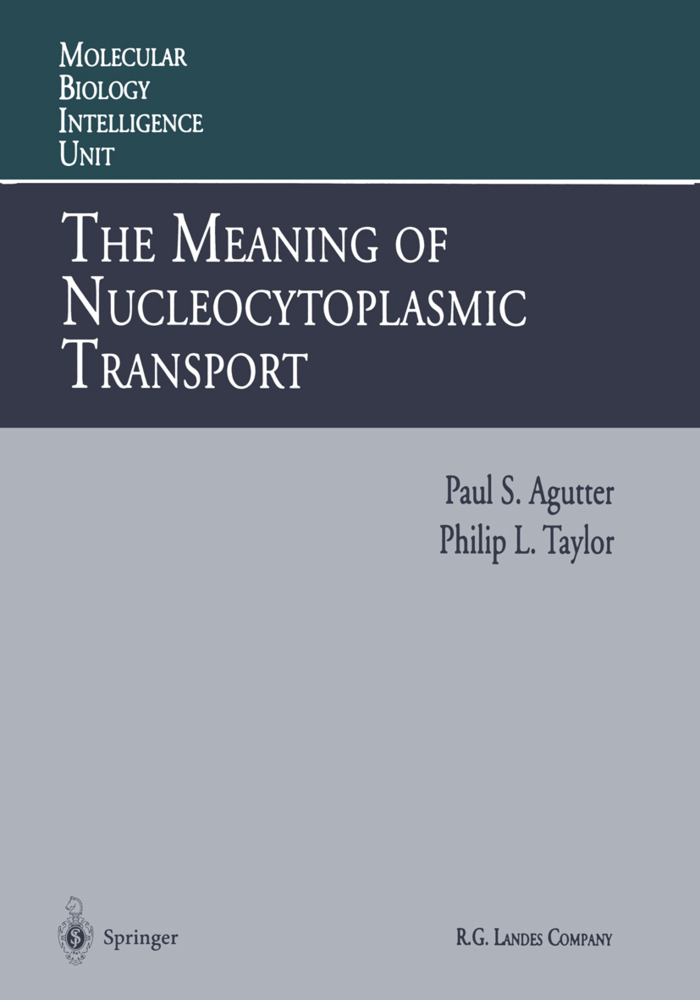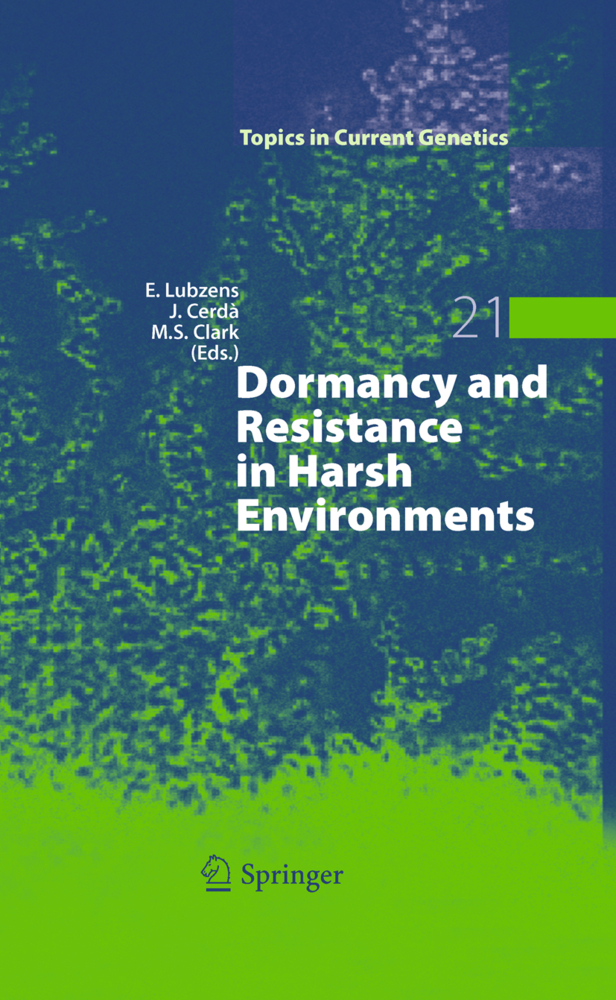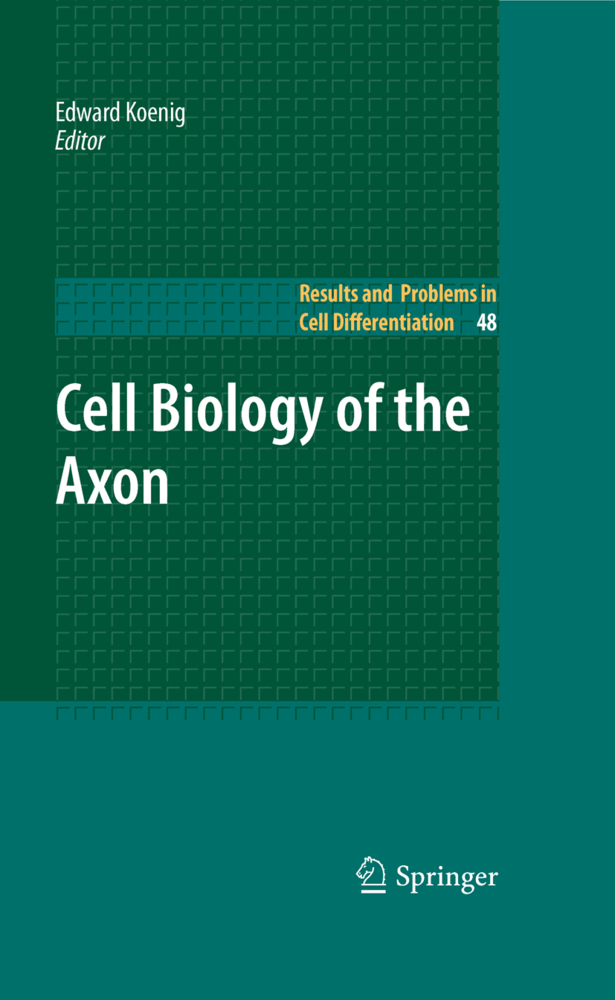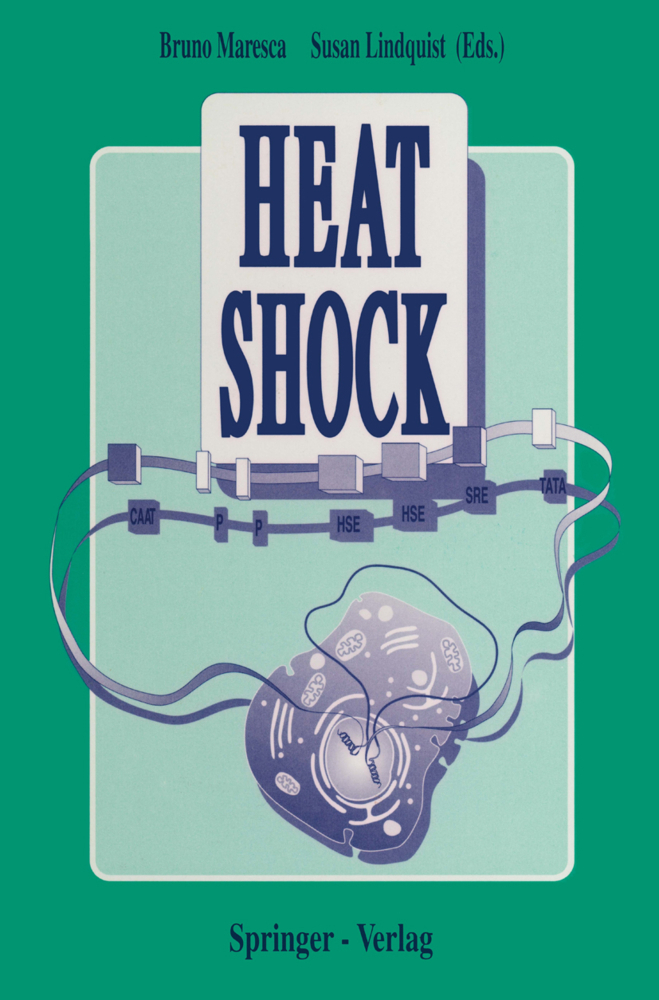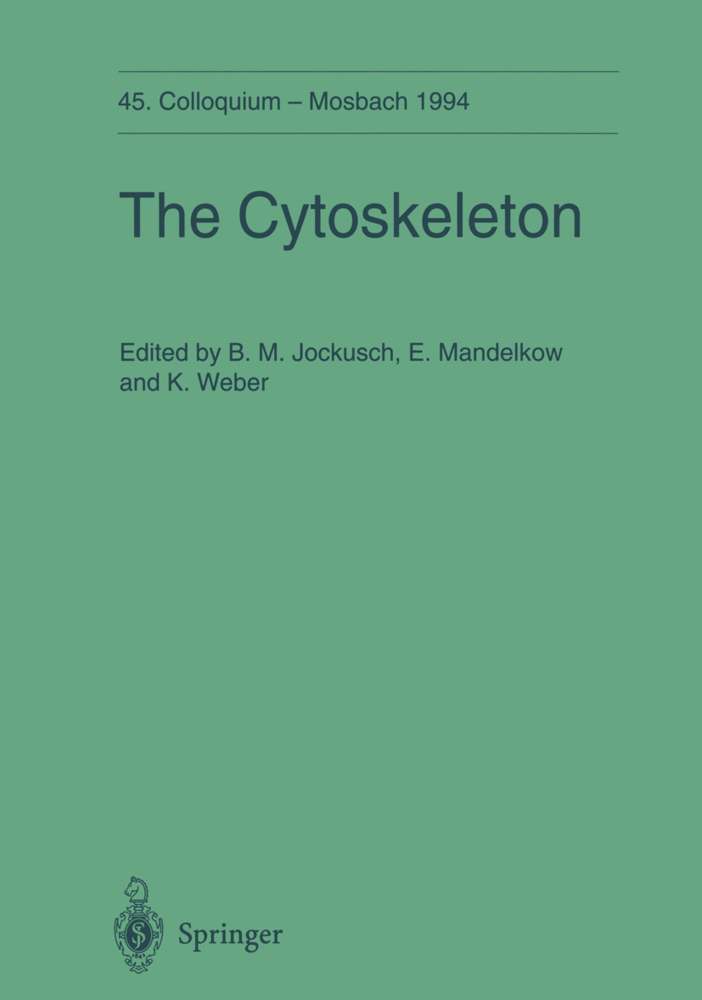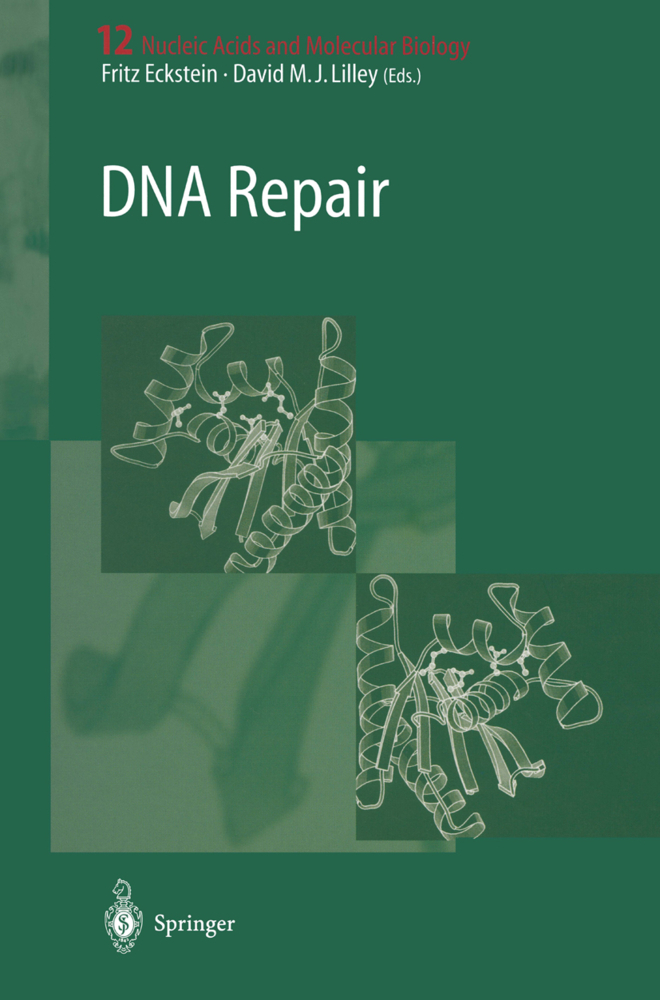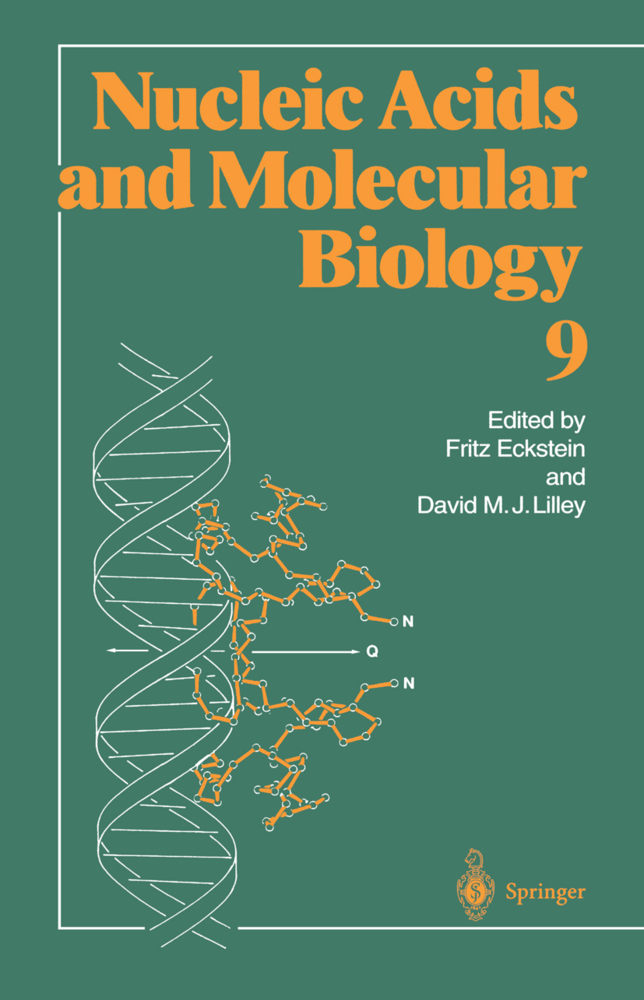Myocardial Preconditioning
Myocardial Preconditioning
This book is about the unique ability of the heart to protect itself against the serious consequences of an abrupt reduction in blood flow to the myocardium - a phenomenon which is switched on by stress and termed myocardial preconditioning. This volume describes the main features and characteristics of preconditioning, with respect to the time-course of the protective effect of the phenomenon (first and second windows) and the different sequelae of myocardial ischaemia against which it protects, such as myocardial injury, arrhythmias and contractile dysfunction. The proposed mechanisms underlying the fascinating form of cardioprotection are discussed. Among these are the role of endogenous labile mediators, receptor-linked G proteins, ATP-sensitive potassium channels and protein kinase C activation.
3. Ischemic Preconditioning Markedly Reduces the Severity of Ischemia and Reperfusion-Induced Arrhythmias; Role of Endogenous Myocardial Protective Substances
4. The Protective Effects of Preconditioning on Postischemic Contractile Dysfunction
5. Reduction of Infarct Size-"Preconditioning at a Distance"
6. Novel Approaches to Myocardial Preconditioning in Pigs
7. Preconditioning in the Human Heart: Fact or Fantasy?
8. Role of ATP-Sensitive Potassium Channels in Myocardial Preconditioning
9. The Role of G Proteins in Myocardial Preconditioning
10. Mimicking Preconditioning with Catecholamines
11. Activation of Protein Kinase C is Critical to the Protection of Preconditioning
13. The Mechanism of Preconditioning-What Have We Learned from the Different Animal Species?
13. Myocardial Stress Response, Cytoprotective Proteins and the Second Window of Protection Against Infarction
14. Delayed Ischemic Preconditioning Induced by Drugs and by Cardiac Pacing
15. Cardioprotective Effects of Chronic Hypoxia: Relation to Preconditioning.
1. Preconditioning Against Myocardial Infarction-Its Features and Adenosine-Mediated Mechanism
2. Does Preconditioning Reduce Lethal Mechanical Reperfusion Injury?3. Ischemic Preconditioning Markedly Reduces the Severity of Ischemia and Reperfusion-Induced Arrhythmias; Role of Endogenous Myocardial Protective Substances
4. The Protective Effects of Preconditioning on Postischemic Contractile Dysfunction
5. Reduction of Infarct Size-"Preconditioning at a Distance"
6. Novel Approaches to Myocardial Preconditioning in Pigs
7. Preconditioning in the Human Heart: Fact or Fantasy?
8. Role of ATP-Sensitive Potassium Channels in Myocardial Preconditioning
9. The Role of G Proteins in Myocardial Preconditioning
10. Mimicking Preconditioning with Catecholamines
11. Activation of Protein Kinase C is Critical to the Protection of Preconditioning
13. The Mechanism of Preconditioning-What Have We Learned from the Different Animal Species?
13. Myocardial Stress Response, Cytoprotective Proteins and the Second Window of Protection Against Infarction
14. Delayed Ischemic Preconditioning Induced by Drugs and by Cardiac Pacing
15. Cardioprotective Effects of Chronic Hypoxia: Relation to Preconditioning.
Wainwright, Cherry L.
Parratt, James R.
| ISBN | 978-3-662-22208-9 |
|---|---|
| Artikelnummer | 9783662222089 |
| Medientyp | Buch |
| Auflage | Softcover reprint of the original 1st ed. 1996 |
| Copyrightjahr | 2013 |
| Verlag | Springer, Berlin |
| Umfang | XIII, 285 Seiten |
| Abbildungen | XIII, 285 p. |
| Sprache | Englisch |

